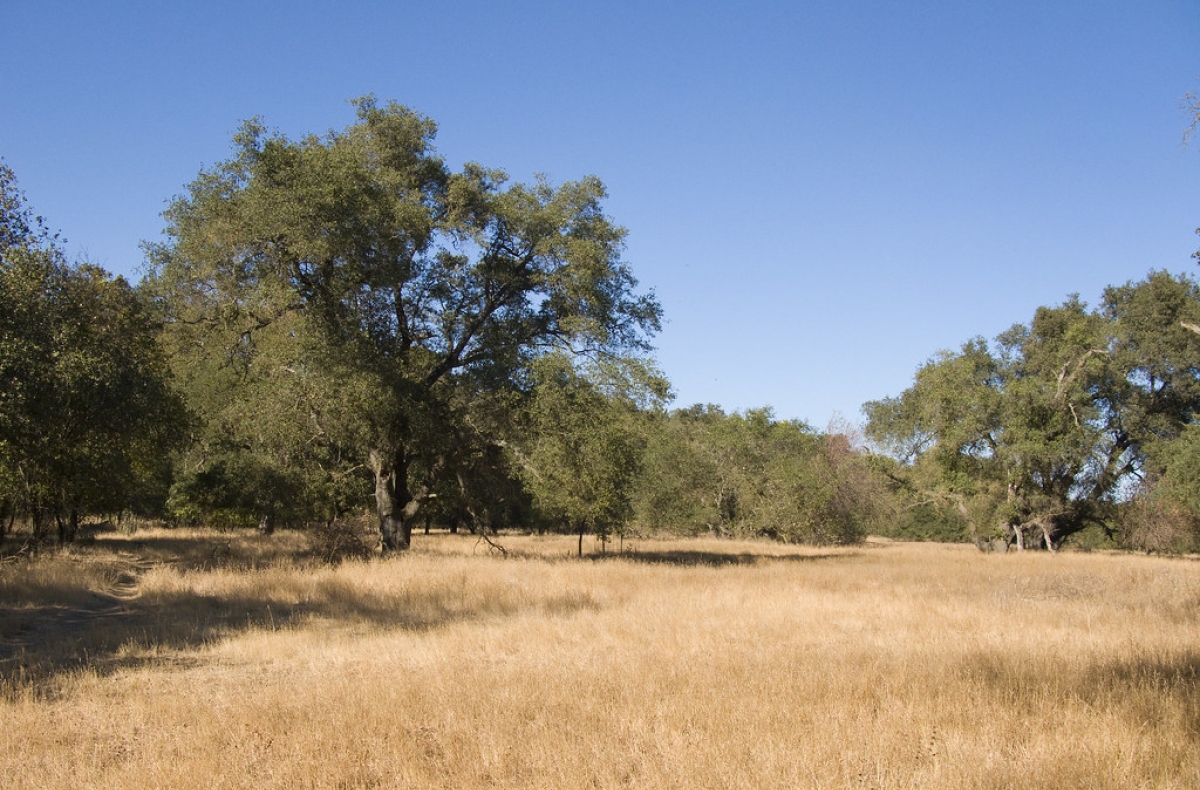The Woods Institute is now part of the Stanford Doerr School of Sustainability
Wildfire hazards

Feb 16, 2022
A new study led by Krishna Rao with contributions from Alexandra Konings, Noah Diffenbaugh and others finds that areas across the Western U.S. are more vulnerable to wildfire than previously thought and there are spatial differences in vulnerability because of how ecosystems respond to drought conditions. See below for a selection of coverage related to the study.
February 16, 2022 | The team found that these regions get faster drying out of the atmosphere and have a more relatively sensitive ecosystem | ABC7
February 16, 2022 | Stanford Researchers Identify Dangerous “Double-Hazard” Zones for Wildfire in the West | SciTechDaily
Feb. 9, 2022 | Everyone is moving to the places in the U.S. with the greatest wildfire risk | Fast Company
Feb. 9, 2022 | Stanford Researchers Identify ‘Double-Hazard’ Zones for Wildfire in the West | Sierra Sun Times
Feb. 8, 2022 | Western wildland areas vulnerable to fires are seeing a population boom | UPI
Feb. 8, 2022 | Researchers identify 'double-hazard' zones where Western wildfires pose increased risk | The Hill
Feb. 8, 2022 | Plant and soil types linked to increase wildfires in United States | Environment Journal
Feb. 8, 2022 | Researchers Identify ‘Double-Hazard’ Zones For Wildfire In The West | Verve Times
Feb. 7, 2022 | The fastest population growth in the West’s wildland-urban interface is in areas most vulnerable to wildfires | The Conversation
Contact Information
Christine H. Black
Associate Director, Communications
650.725.8240
ChristineBlack@stanford.edu
Devon Ryan
Communications Manager
650.497.0444
devonr@stanford.edu
Rob Jordan
Editor / Senior Writer
650.721.1881
rjordan@stanford.edu


